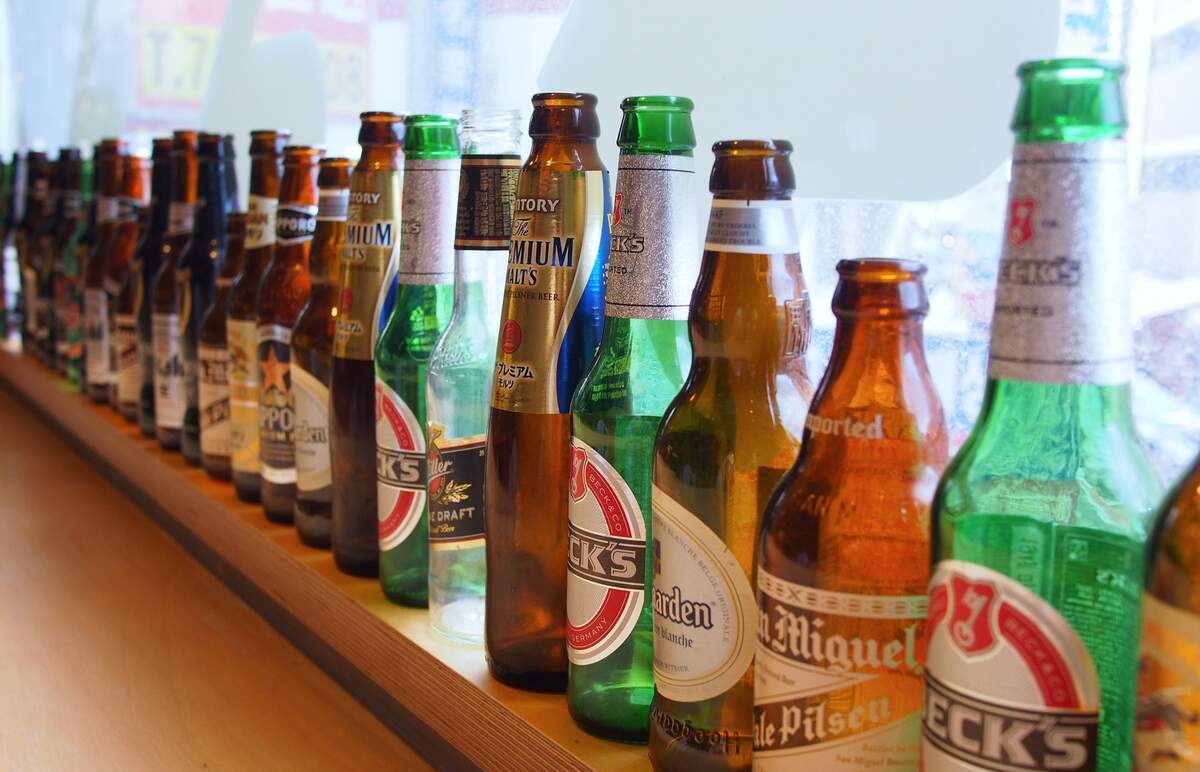

National Lager Day
Lager beer is celebrated today. Most lager is matured or conditioned at a cold temperature, and is cool and bottom fermented with a particular yeast. The term lager means "storeroom" or "warehouse" in German. The beer originated in the Austrian Empire in the area that is now the Czech Republic. Throughout the medieval period, cold storage—or "lagering"—was common, in places such as caves, and bottom-fermenting yeast began being used in the early fifteenth century. As refrigeration became more prevalent, so did lager: it could be brewed year round and in more places, and could be kept cold until being served. In 1870, Spaten became the first brewery with large-scale refrigerated lagering tanks.
There are various types of lager. Pale lagers are the most common type of lager beers, and are usually light and mild. The brewing process for pale lagers developed in the mid nineteenth century when pale ale brewing techniques were applied to lagering methods. Some types of pale lagers are Helles, pilsner, Märzen, and bock. Pilsner is the most drank beer in the world today, and the first company to brew it was Pilsner Urquell. Vienna lager was developed in Vienna in 1841, and is reddish brown or copper colored, with a slight malt sweetness and a medium body. Today it is more popular in North America than it is in Europe, and a common example is Dos Equis Amber. Dark lager was the main lager made before the 1840s, and today it ranges in color depending on its region or brewing method. Examples include dunkel, which is the German word for "dark," and is between 4.5% and 6% alcohol by volume; doppelback, which is similar to dunkel but stronger; and schwarzbier, which is almost black, is similar to stout, and has a chocolate or liquorice tinged flavor.
How to Observe National Lager Day
Celebrate the day by drinking a lager. There are many great kinds you could try.





















